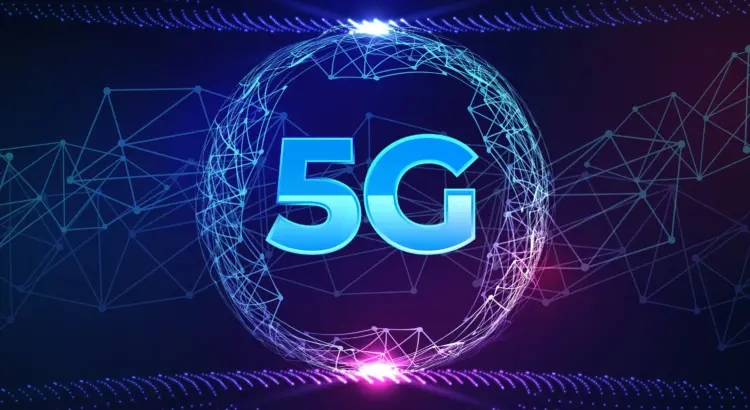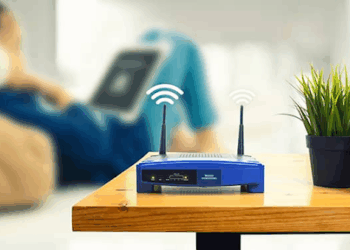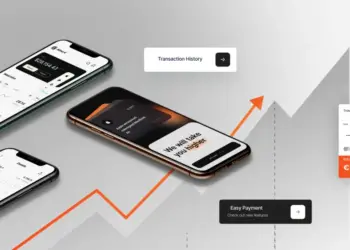Introduction to 5G Technology and Its Role in IoT
The rollout of 5G technology promises to revolutionize many sectors, especially the Internet of Things (IoT) and smart devices. 5G, the fifth generation of mobile network technology, is designed to deliver faster speeds, lower latency, and greater connectivity. This transformation is opening up new opportunities for devices to communicate more efficiently and seamlessly. From smart homes to connected cars, 5G is set to unlock the full potential of IoT. With this new level of connectivity, industries can expect advancements that could change how we interact with technology. For instance, Gifts For Her now includes devices that use IoT to enhance daily life, such as smartwatches, fitness trackers, and voice-activated assistants.
Faster Speeds for Seamless Connectivity
One of the primary benefits of 5G technology is the massive increase in speed it offers compared to its predecessors. While 4G can support speeds up to 1Gbps, 5G networks can reach speeds of 10Gbps or more. This dramatic improvement in speed allows smart devices to communicate with each other in real-time, facilitating instantaneous data exchange. For IoT devices, this means faster response times and smoother operation, particularly in high-demand environments like smart cities, healthcare, and autonomous vehicles. Devices such as smart thermostats, security cameras, and lighting systems will benefit from 5G’s speed, providing users with a more seamless and efficient experience.
Low Latency for Real-Time Data Processing
Latency refers to the delay before data transfer begins after an instruction is given, and 5G significantly reduces this delay. While 4G has a latency of around 30 milliseconds, 5G promises to reduce that number to just 1 millisecond. This near-instantaneous communication is crucial for IoT devices that rely on real-time data processing. For example, in autonomous vehicles, the ability to instantly share and process data from various sensors is vital for safety and decision-making. Likewise, in industrial applications, where machines need to communicate without delay, 5G provides the infrastructure to ensure these devices can respond immediately to any situation, preventing accidents and improving efficiency.
Increased Device Capacity for Smart Ecosystems
5G networks are designed to handle a higher density of connected devices simultaneously, which is a game-changer for IoT applications. As more devices become interconnected, particularly in smart homes and businesses, network congestion could slow down performance. 5G, however, is built to handle up to 1 million devices per square kilometer, allowing more devices to stay connected without sacrificing performance. This capacity is essential as we continue to integrate IoT devices into nearly every aspect of life. Whether it’s smart appliances, wearables, or environmental sensors, 5G ensures that these devices can operate without interference, leading to more efficient and reliable smart ecosystems.
Empowering Innovations in Smart Devices
The combination of 5G’s speed, low latency, and increased capacity is accelerating innovations in smart devices. For instance, wearable devices such as smartwatches are becoming more capable thanks to 5G, providing features like live streaming, remote health monitoring, and real-time communication. Additionally, smart home devices such as intelligent refrigerators, washing machines, and even refrigerators are benefiting from 5G’s ability to connect and share data more efficiently. Manufacturers are now exploring new possibilities for products that can operate in tandem with each other, creating smarter homes, cities, and industries. This level of integration will create a more automated and connected world where devices anticipate and adapt to user needs.
Conclusion: A Connected Future with 5G
The introduction of 5G technology is set to radically enhance the functionality of IoT and smart devices, paving the way for a more connected and efficient world. As the network infrastructure continues to grow and expand globally, we can expect a host of new innovations that will fundamentally change the way we live and work. From autonomous transportation to smarter healthcare solutions, the potential applications of 5G are vast. For consumers, this means an ever-growing selection of connected devices that improve quality of life, from enhanced home automation to more advanced healthcare monitoring. As 5G continues to evolve, so too will the possibilities for IoT and the connected devices we rely on daily.















